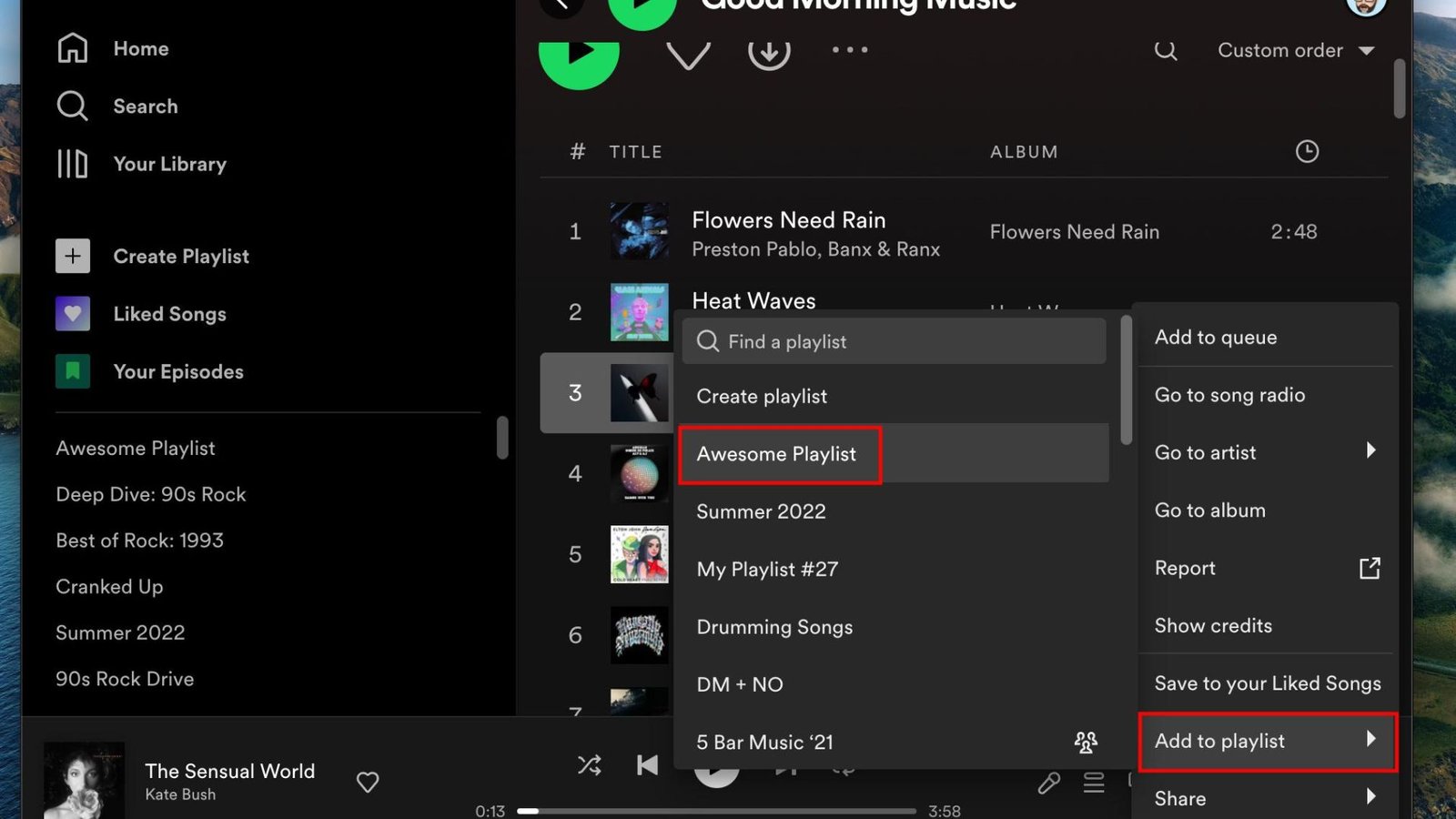Political polls are a vital tool in understanding public opinion and predicting electoral outcomes. They provide insights into voter preferences, opinions on key issues, and the effectiveness of campaign strategies. Understanding how these polls are conducted and what they mean is essential for interpreting their results accurately. Here’s a guide to help you understand the intricacies of political polling.
Understanding the Purpose of Political Polls
Political polls aim to gauge public opinion on various topics, such as candidate preferences, approval ratings, and key issues. Polls can be used by political campaigns to adjust strategies, by media organizations to report on election trends, and by the public to understand the political landscape.
Sampling: Who Gets Polled?
Sampling is the process of selecting a group of individuals from a larger population to participate in a poll. This group, known as the sample, should represent the population as closely as possible. Pollsters use various methods to ensure that the sample is diverse and reflective of the overall population, including random sampling, stratified sampling, and quota sampling.
- Random Sampling: Participants are selected randomly, giving every individual in the population an equal chance of being chosen.
- Stratified Sampling: The population is divided into subgroups (strata) based on certain characteristics (e.g., age, race), and samples are taken from each subgroup.
- Quota Sampling: Pollsters ensure that the sample matches certain quotas (e.g., 50% female, 50% male) to reflect the population.
Survey Methods: How Data Is Collected
Pollsters use various methods to collect data from participants, each with its advantages and limitations.
- Telephone Polls: Participants are contacted via phone calls, often using random-digit dialing. This method allows for a broad reach but may exclude individuals without landlines or those who don’t answer unknown numbers.
- Online Polls: Participants complete surveys online, which can be more cost-effective and faster to conduct. However, this method may skew results if the sample is not representative of the entire population.
- In-Person Polls: Participants are interviewed face-to-face, often in public places or at their homes. This method allows for in-depth responses but is more time-consuming and expensive.
Question Design: Crafting the Survey
The way questions are worded in a poll can significantly impact the results. Pollsters must carefully design questions to avoid bias and ensure clarity. Leading questions, double-barreled questions (asking two things at once), and ambiguous questions can distort the accuracy of the poll.
- Closed-Ended Questions: Participants choose from a set of predefined answers (e.g., yes/no, multiple choice). These questions are easy to analyze but may limit the depth of responses.
- Open-Ended Questions: Participants provide their own answers in their own words. These questions allow for more nuanced responses but are more challenging to analyze.
Interpreting Poll Results
Understanding what poll results mean requires careful analysis. Key aspects to consider include:
- Margin of Error: This statistical measure indicates the range within which the true value lies. A smaller margin of error suggests more confidence in the results. For example, a margin of error of ±3% means the actual percentage could be 3 points higher or lower than reported.
- Confidence Level: This indicates the probability that the poll results are accurate within the margin of error. A 95% confidence level means that if the poll were conducted 100 times, the results would fall within the margin of error 95 times.
- Sample Size: Larger sample sizes generally lead to more accurate results. However, they also require more resources to conduct.
The Role of Polls in Elections
Political polls play a crucial role in shaping public perception and influencing campaign strategies. Candidates and parties may adjust their messaging, target specific voter demographics, or change their campaign focus based on poll results. However, polls are just snapshots in time and may not always predict the final outcome, especially if there are significant changes in public opinion closer to the election.
Tips for Interpreting Polls
- Look Beyond Headlines: Read the full poll results, including the methodology and margin of error, to understand the context.
- Consider Multiple Polls: Rely on an aggregate of polls rather than a single poll to get a more accurate picture of public opinion.
- Be Aware of Bias: Consider the source of the poll and potential biases that may influence the results.
Conclusion
Political polls are valuable tools for understanding public opinion, but interpreting them requires knowledge of how they are conducted and the limitations they carry. By considering factors such as sampling, survey methods, question design, and margin of error, you can better understand what polls really mean and how they reflect the political landscape.



